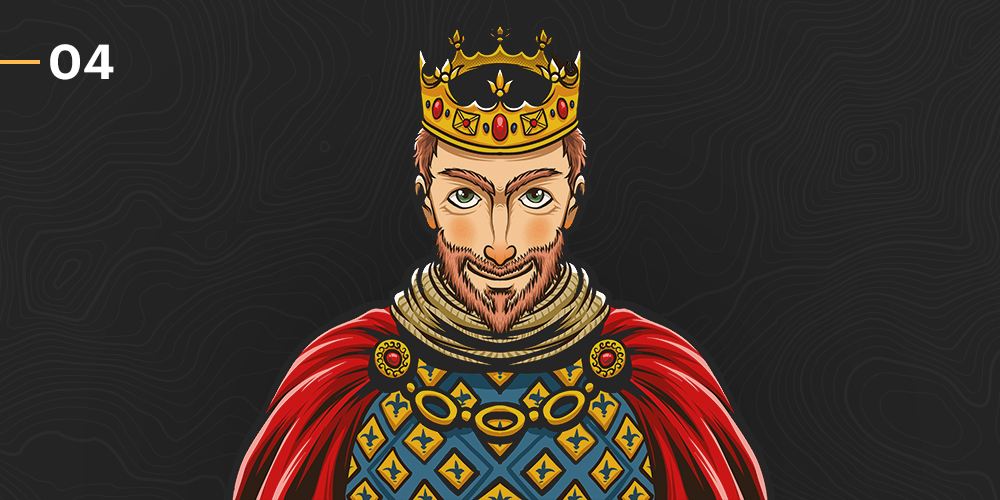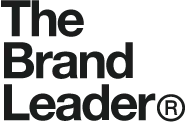
Stay Informed
Get the latest news, trends, and industry insights.
Brand archetypes are a set of universal, symbolic characters or personas that represent different aspects of the human experience. They're a powerful tool for businesses to create a strong brand identity that resonates with consumers. Derived from the work of Swiss psychologist Carl Jung, brand archetypes tap into universal symbols that are ingrained in our collective unconscious and present in myths, legends, and stories throughout human history.
Understanding Brand Archetypes
In marketing and branding, using archetypes can help businesses create a solid and compelling brand image that resonates with consumers. Each archetype has a set of characteristics and traits that can be used to shape a brand's messaging, tone of voice, visual identity, and overall brand personality.
There are 12 primary brand archetypes that businesses can use to create a compelling brand identity. Each archetype has its own unique set of traits and characteristics that can be used to create a powerful brand image:
- The Innocent: The Innocent represents purity, simplicity, and sincerity. Brands that use this archetype often focus on being honest and trustworthy. Examples of brands that use the Innocent archetype include Coca-Cola, Dove, and Innocent Smoothies.
- The Explorer: The Explorer represents adventure, discovery, and self-discovery. Brands that use this archetype often focus on exploration and pushing boundaries. Examples of brands that use the Explorer archetype include Jeep, Patagonia, and National Geographic.
- The Sage: The Sage represents wisdom, intelligence, and thoughtfulness. Brands that use this archetype often focus on education and self-improvement. Examples of brands that use the Sage archetype include Google, TED Talks, and The New York Times.
- The Hero: The Hero represents courage, bravery, and strength. Brands that use this archetype often focus on overcoming challenges and inspiring others to do the same. Examples of brands that use the Hero archetype include Nike, Apple, and Rapha.
- The Outlaw: The Outlaw represents rebellion, freedom, and individualism. Brands that use this archetype often focus on breaking the rules and challenging the status quo. Examples of brands that use the Outlaw archetype include Harley-Davidson, Red Bull, and Diesel.
- The Magician: The Magician represents transformation, innovation, and imagination. Brands that use this archetype often focus on creating new solutions and pushing boundaries. Examples of brands that use the Magician archetype include Disney and Tesla.
- The Everyman: The Everyman represents authenticity, humility, and relatability. Brands that use this archetype often focus on being down-to-earth and relatable. Examples of brands that use the Regular Guy/Girl archetype include Levi's, IKEA, and Ben & Jerry's.
- The Lover: The Lover represents passion, desire, and intimacy. Brands that use this archetype often focus on creating emotional connections with their customers. Examples of brands that use the Lover archetype include Victoria's Secret, Godiva, and Hallmark.
- The Jester: The Jester represents humor, playfulness, and enjoyment. Brands that use this archetype often focus on entertaining and bringing joy to their customers. Examples of brands that use the Jester archetype include M&M's, Old Spice, and Dollar Shave Club.
- The Caregiver: The Caregiver represents compassion, empathy, and nurturing. Brands that use this archetype often focus on helping others and making a positive impact on the world. Examples of brands that use the Caregiver archetype include UNICEF, Johnson & Johnson, and TOMS Shoes.
- The Creator: The Creator represents creativity, imagination, and self-expression. Brands that use this archetype often focus on innovation and self-expression. Examples of brands that use the Creator archetype include LEGO, Adobe, and Etsy.
- The Ruler: The Ruler represents power, authority, and control. Brands that use this archetype often focus on leadership and excellence. Examples of brands that use the Ruler archetype include Rolex, Mercedes-Benz, and American Express.
How to Use Brand Archetypes Effectively
To use brand archetypes effectively, businesses need to understand their target audience and the values and beliefs that resonate with them. By identifying the archetype that best aligns with their brand and target audience, businesses can create a consistent and compelling brand image that resonates with consumers.
Here are some steps businesses can take to use brand archetypes effectively:
- Define your target audience and their values and beliefs: To use brand archetypes effectively, it's essential to understand your target audience and the values and beliefs that resonate with them. You can start by creating buyer personas or ideal customer profiles to gain a deeper understanding of their needs, preferences, pain points, and motivations. This information will help you choose the right archetype that aligns with your target audience and creates a strong emotional connection with them.
- Identify the archetype that best aligns with your brand and target audience: Once you have a clear understanding of your target audience, you can start identifying the archetype that best represents your brand and aligns with your target audience's values and beliefs. To do this, you can review the characteristics and traits of each archetype and select the one that best fits your brand's personality and voice.
- Develop a brand personality that reflects the traits and characteristics of your chosen archetype: After selecting the archetype, you need to develop a brand personality that reflects the traits and characteristics of the chosen archetype. This includes developing a tone of voice, visual identity, and overall brand image that aligns with the archetype's traits and characteristics. For example, if your brand archetype is the Hero, your messaging, tone of voice, and visual identity should reflect bravery, courage, and a sense of purpose.
- Use your chosen archetype to guide your messaging, tone of voice, visual identity, and overall brand image: Once you have developed a brand personality that aligns with your chosen archetype, you can use it to guide your messaging, tone of voice, visual identity, and overall brand image. This includes creating a consistent brand experience across all touchpoints and channels, from your website and social media to your packaging and customer service. By using your chosen archetype to guide your brand's messaging and visual identity, you can create a powerful and compelling brand identity that resonates with your target audience and inspires trust and loyalty.
By using brand archetypes effectively, businesses can create a powerful and compelling brand identity that resonates with consumers and inspires trust and loyalty.
Brand archetypes are a powerful tool businesses can use to create a solid and compelling brand identity that resonates with consumers. By tapping into universal symbols and archetypes that are ingrained in our collective unconscious, businesses can create a consistent and compelling brand that inspires trust and loyalty. By following the steps outlined in this guide and choosing the archetype that best aligns with their brand and target audience, businesses can create a powerful brand identity.
What Brand Archetype are you? Take our Quiz
Stay Informed




